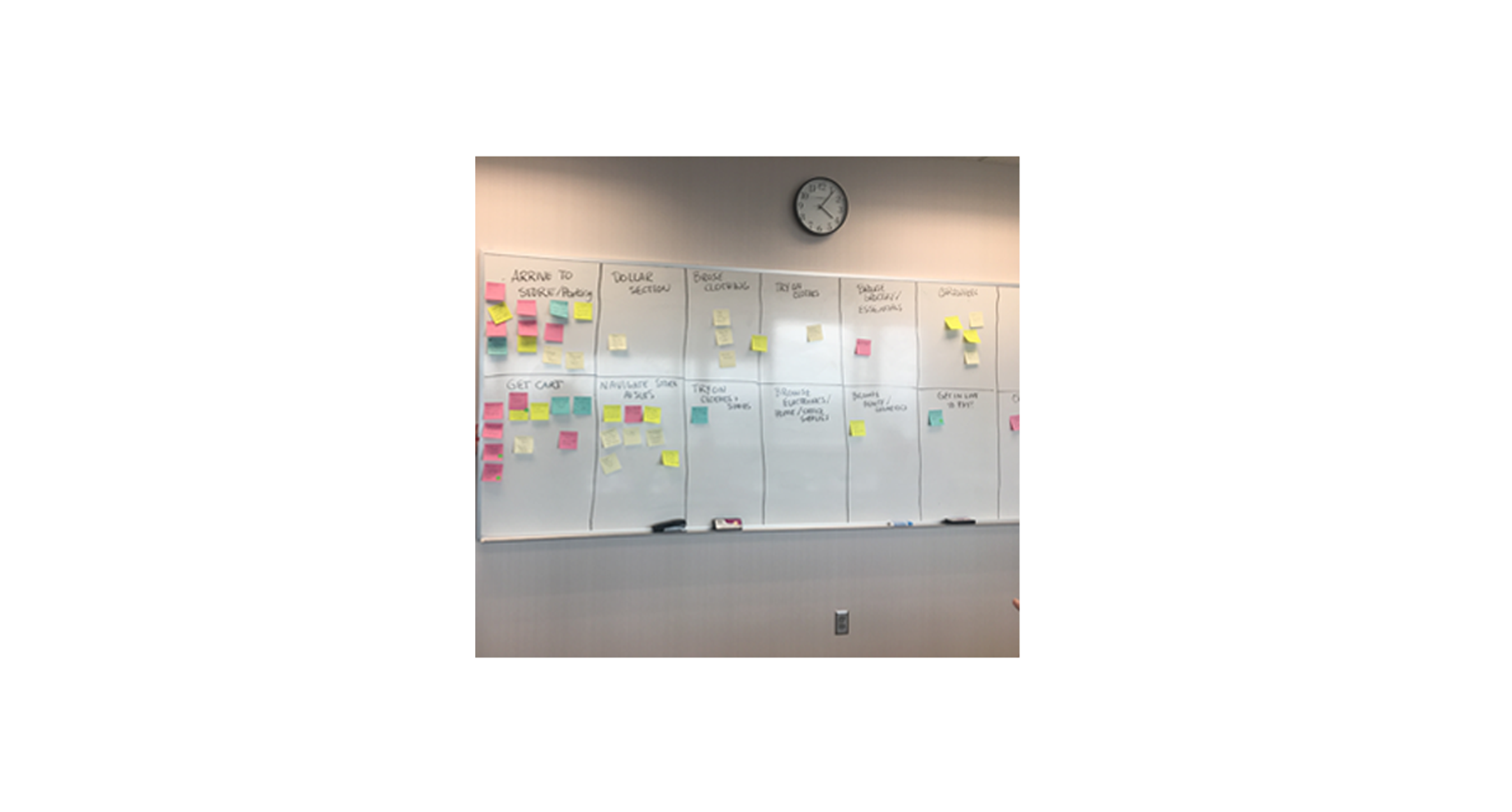Changing the modeling landscape
Challenge
How might we include models of all abilities in our stores, marketing and e-commerce experiences?
Define
The company’s mission is “To help all families discover the joy of everyday life.” However, folks who had different physical abilities did not see themselves in this mission.
Ideate
Once my colleague, Julieta Felix, won an internal innovation contest, she enlisted me as her co-founder to develop a strategy to test this concept and potentially secure investment for the future.
In addition to developing and testing prototypes, this project required a business development strategy so we could get leaders to approve of resources to help us build the prototypes we wanted to test.
I developed a list of leaders we had to solicit commitment from to try small experiments, Julieta and I embarked on a 6-month journey meeting and presenting to over 50 people throughout the Marketing, PR & Digital departments. My strategy relied on the established relationships I had built with former colleagues across the company, so we were able to get to access decision makers fairly quickly.
We secured commitment to 3 experiments: Product photography on the product detail pages, editorial photography on .com category pages and development of an in-store concept. Because Julieta and I had graphic design chops, we could build the prototypes for t.com. The store concept was handed off to a different team to prototype and test. The concept is still in ideation, so it remains confidential.
Prototype
Because we had never cast models who were differently-abled, we had to insert ourselves into existing photoshoots by casting the right models wearing the the current apparel that would be sold on our site. The first part of our prototype was the photoshoot.
The first photoshoot prototype was for the product-level photography used on target.com. We partnered with Site Merchandising, Target Creative, Site Merchandising Operations and our photo studio in NYC to organize, cast models, and operationalize it. Our goal was to capture photography that we could use to test with customers and understand their sentiment and if there was financial impact.
The second photoshoot prototype was an editorial story on the Junior’s clothing page. We partnered with the creative directors on this work cast models with different abilities. They loved the idea so much, they moved forward with using the photography and didn’t require user testing.
After capturing the imagery, we designed the t.com prototypes so we could hand them off to our user testing team.
Findings
1. Customer sentiment was very positive. They appreciated the inclusivity in our imagery and they said it made them like Target even more.
2. The modeling industry was not ready for this type of casting. There were very few models available that fit our needs, making it difficult to secure talent.
3. It adds costs to the product-level photography.
4. It’s challenging to create change without direct financial impact, even though it’s the right thing to do.
Results
1. By creating prototypes and real content with our photoshoots, we gained important insights around being a more inclusive brand. We had a direct impact on teams who cast models to go beyond the usual type for our photography. Months later, when I was walking through a Target store, I saw signs with images of models we had cast for this experiment and I knew that we had influenced change.
2. We opened hearts and minds around this topic before it was widely accepted as part of standard operating procedure.







